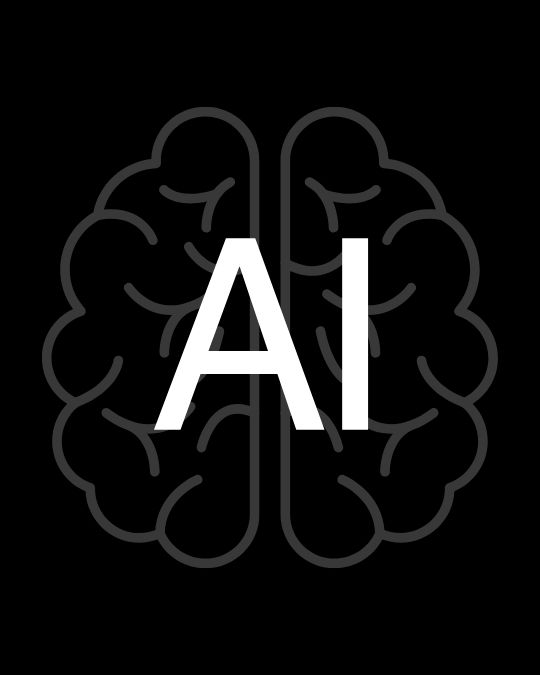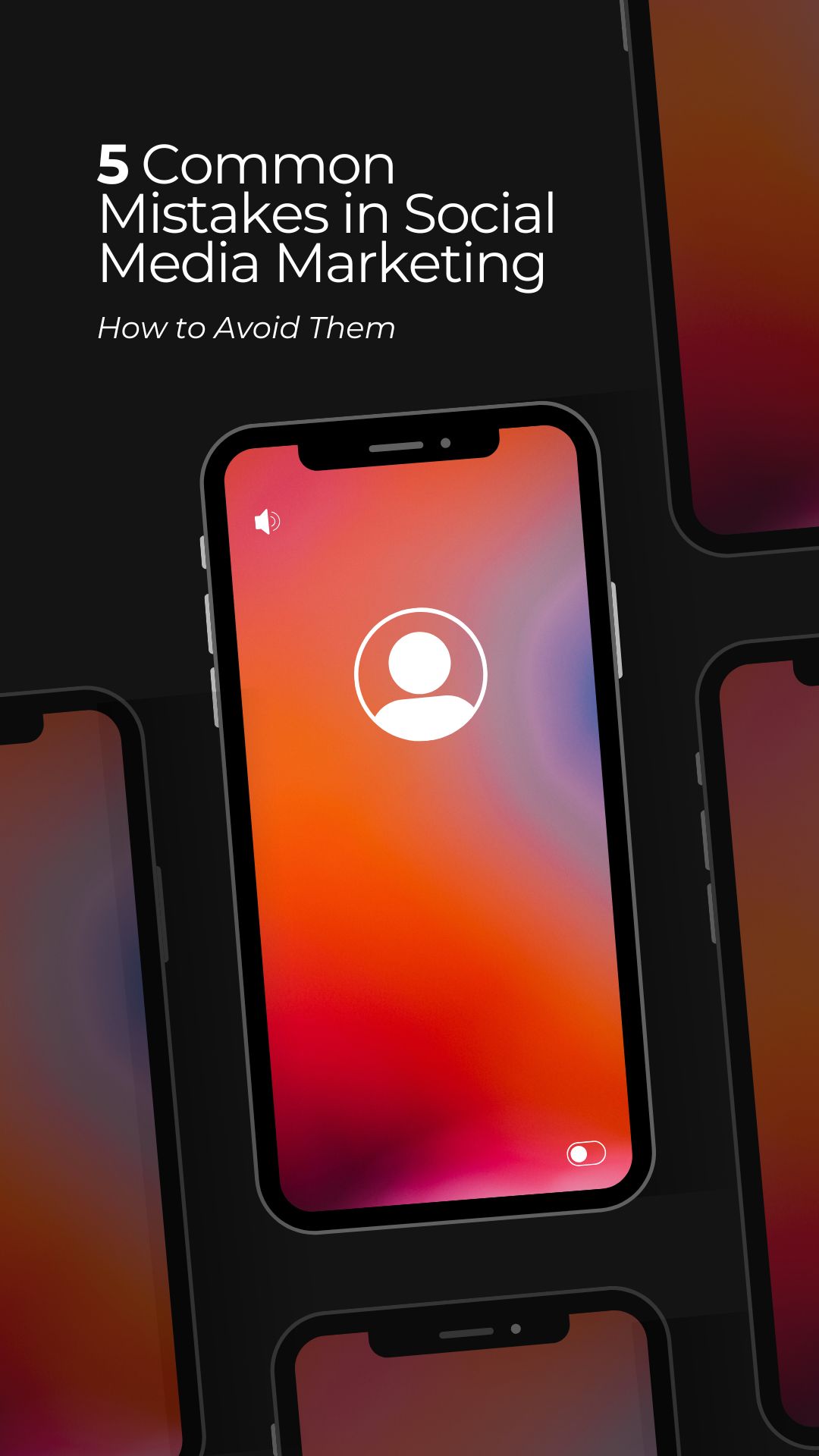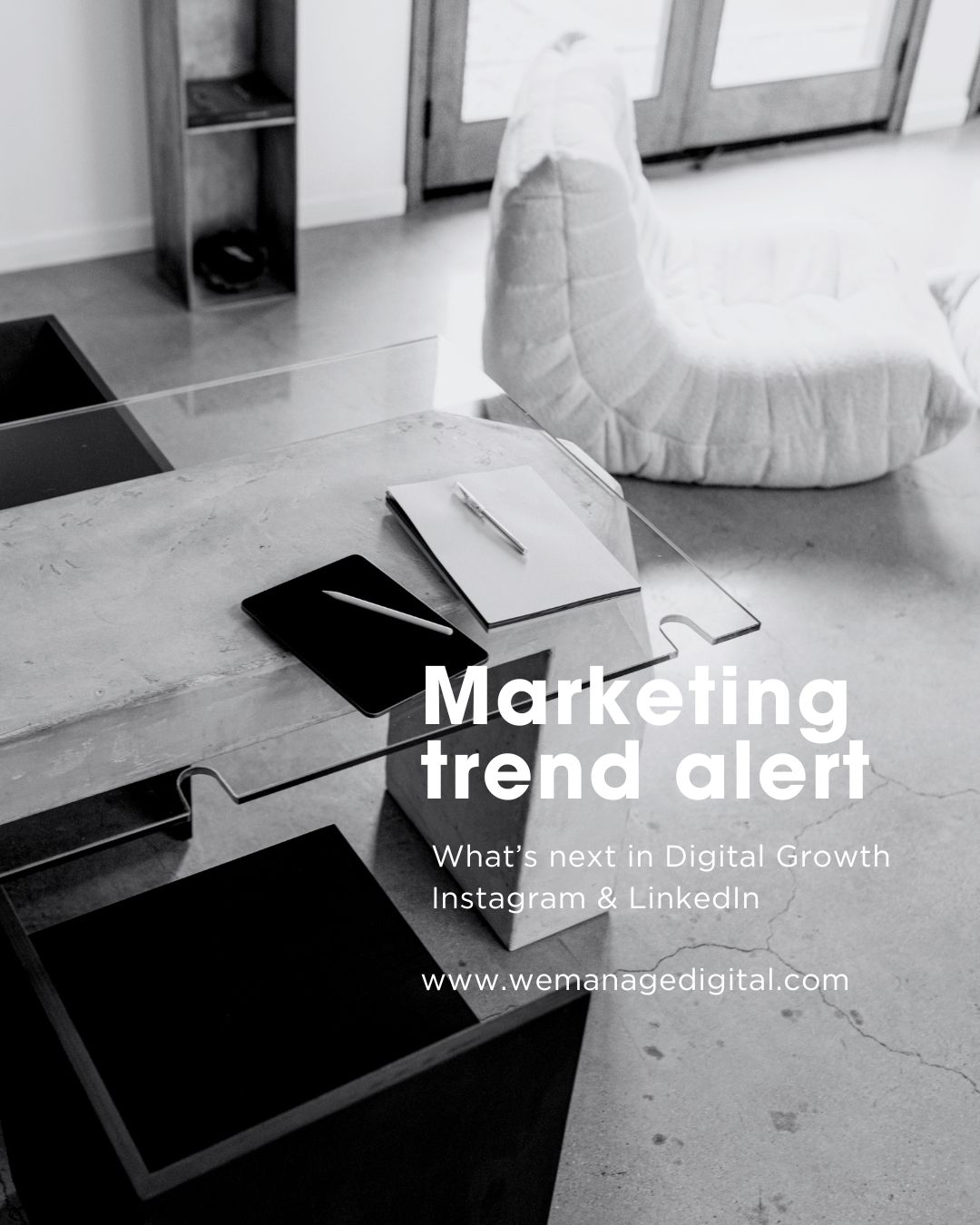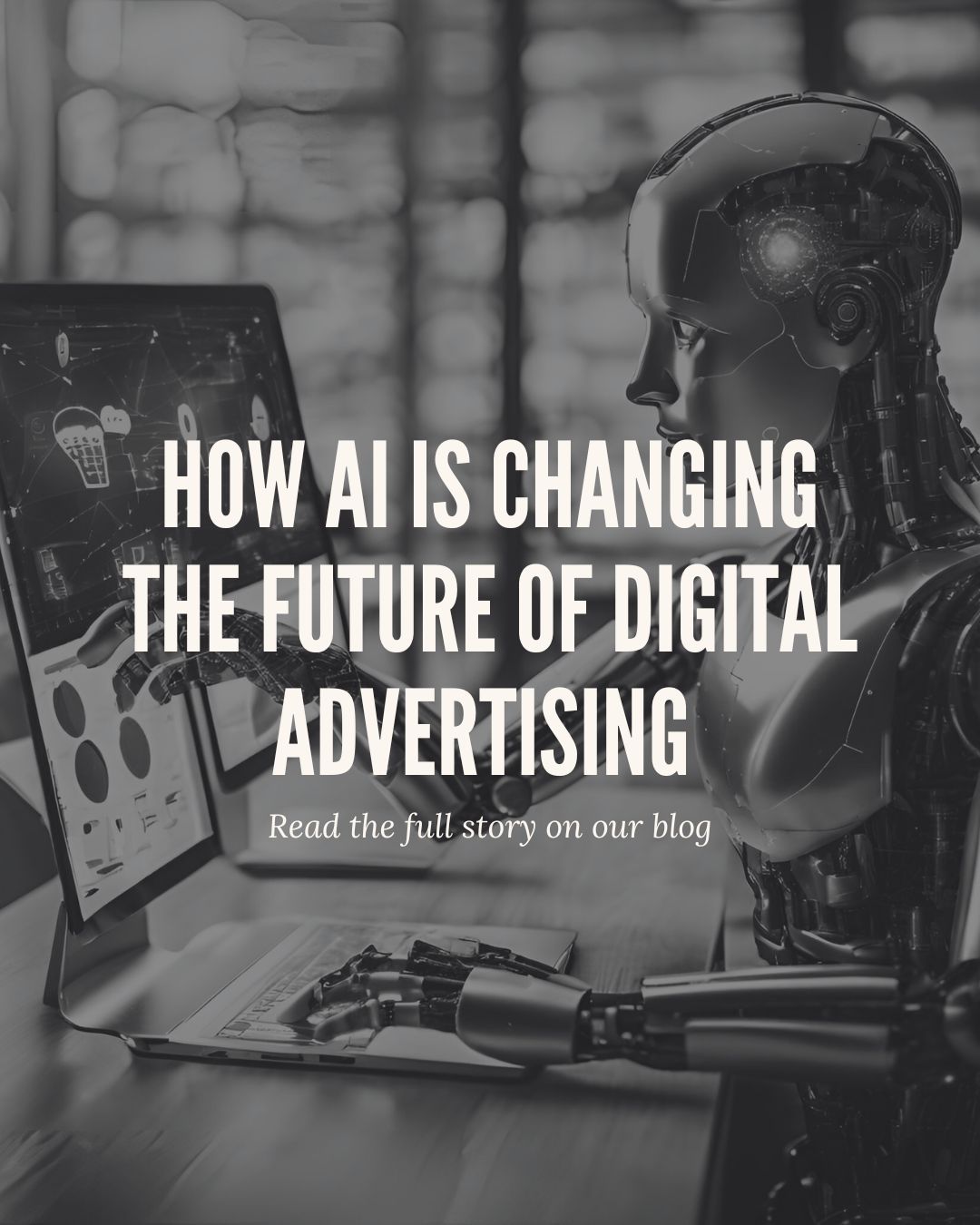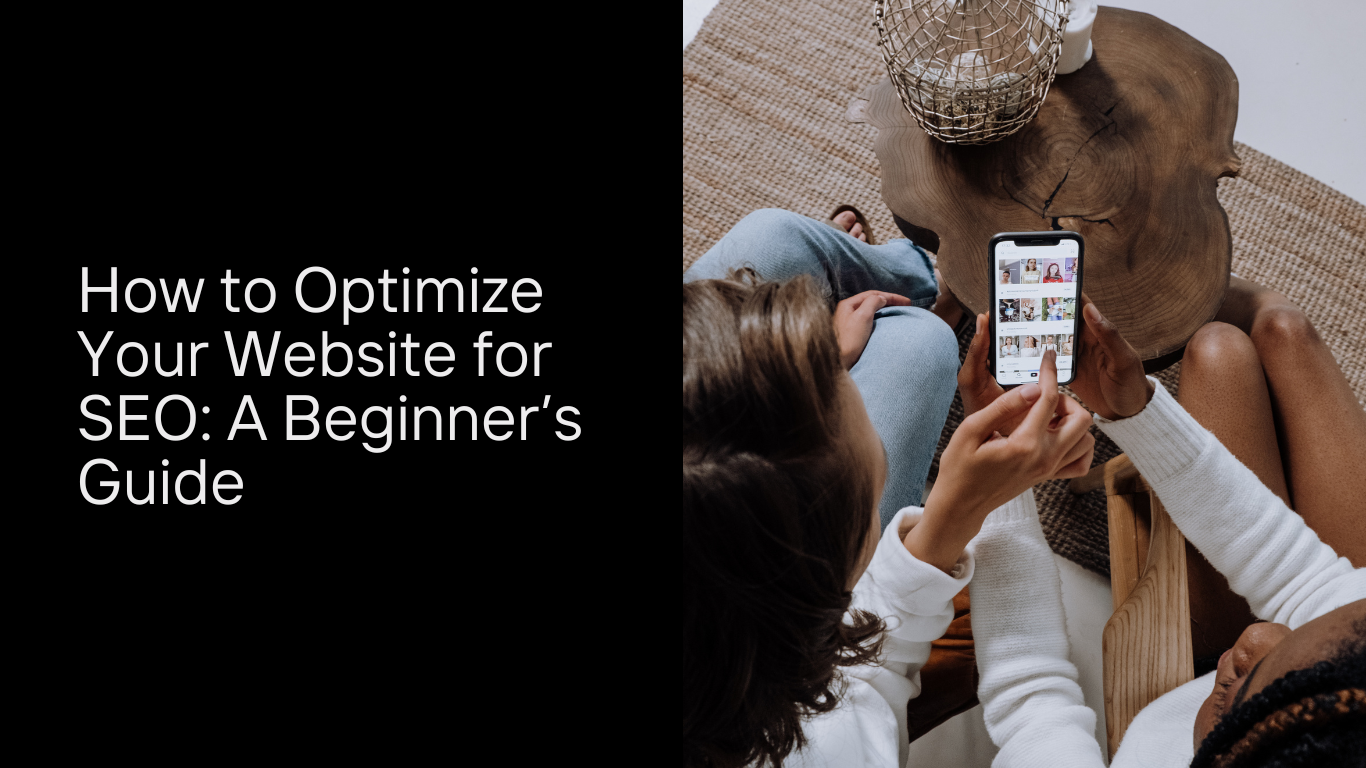
As two of the most popular social media platforms, both Instagram and Facebook offer powerful advertising opportunities for businesses of all sizes. But how do you decide which platform is the best fit for your brand? Should you invest more in Instagram’s highly visual, fast-paced content, or focus on Facebook’s broader reach and advanced targeting options? In this guide, we’ll compare Instagram and Facebook ads to help you determine which platform is better for your business.
1. Understanding the Audience on Each Platform
- Facebook’s Audience: Facebook boasts over 2.9 billion monthly active users, making it one of the largest social media platforms. The demographic is broad, but Facebook tends to attract a more diverse age group, including older audiences (ages 35+). It’s a great platform for businesses targeting multiple generations or offering products and services with mass appeal.
- Instagram’s Audience: Instagram is more popular among younger users, particularly millennials and Gen Z. With over 1 billion active users, it is ideal for businesses targeting a younger demographic (ages 18–34) that values visually engaging content. Brands that rely heavily on imagery, such as fashion, beauty, travel, or lifestyle industries, thrive on Instagram.
Which to Choose?
If your target audience skews older or is widely varied in age, Facebook may be the better choice. If your focus is younger consumers or highly visual content, Instagram is likely the more effective platform.
2. Ad Formats: Which Platform Offers More Flexibility?
- Facebook Ad Formats: Facebook offers a wide range of ad formats to suit various marketing goals. These include:
- Single Image Ads
- Video Ads
- Carousel Ads
- Slideshow Ads
- Collection Ads
- Lead Ads
- Messenger Ads
- Instagram Ad Formats: Instagram’s ad formats are more focused on visuals and creativity. These include:
- Image Ads
- Video Ads
- Carousel Ads
- Stories Ads
- Reels Ads
- Shopping Ads
Which to Choose?
If you need more diverse ad formats or want to incorporate Messenger Ads into your strategy, Facebook offers more options. However, if your business relies on eye-catching, short-form video or visuals, Instagram’s formats, especially Stories and Reels, may provide better engagement.
3. Targeting Capabilities: Who Has the Edge?
- Facebook Targeting: Facebook has one of the most advanced ad targeting systems, allowing you to create highly specific audiences. You can target users based on:
- Age, gender, location, and language
- Interests and behaviors
- Life events (e.g., birthdays, anniversaries, job changes)
- Lookalike audiences
- Custom audiences (e.g., your existing customer lists)
- Instagram Targeting: Since Instagram is owned by Facebook, the targeting options are nearly identical. You can use Facebook’s Ads Manager to target Instagram users based on demographics, interests, behaviors, and more. However, the key difference lies in the user behavior on each platform. Instagram users are typically more focused on browsing visually appealing content, whereas Facebook users engage with a mix of content, including news, articles, and events.
Which to Choose?
If you’re already familiar with Facebook’s targeting capabilities, you’ll have no trouble applying them to Instagram as well. The decision here depends more on where your audience is spending their time and how they interact with content.
4. Cost & ROI: Where Will You Get More Bang for Your Buck?
- Facebook Ad Costs: Facebook ads generally have lower costs per click (CPC) than Instagram ads due to its larger audience and broader range of ad formats. According to industry averages, Facebook ads tend to be more cost-effective when your primary goal is driving traffic, leads, or conversions.
- Instagram Ad Costs: Instagram ads can sometimes be more expensive, particularly for younger, more tech-savvy audiences. However, because Instagram is highly visual and engaging, the platform often sees higher engagement rates, especially for industries like fashion, beauty, and travel.
Which to Choose?
For businesses with limited budgets looking to maximize traffic or conversions, Facebook may offer more cost-effective options. However, if engagement and brand visibility are your top priorities, Instagram may be worth the extra investment.
5. Engagement Rates: Which Platform Drives More Interaction?
- Facebook Engagement: Facebook engagement can vary widely depending on the type of content and audience. While Facebook has a broader reach, users tend to engage more with friends, groups, and communities, meaning ads often have to compete with personal content for attention.
- Instagram Engagement: Instagram is known for higher engagement rates, particularly on posts that feature strong visuals. Users are more likely to interact with ads through likes, comments, and shares. Instagram Stories and Reels, in particular, offer excellent opportunities for real-time engagement and interaction.
Which to Choose?
If you’re looking to drive higher engagement with your audience, Instagram typically outperforms Facebook, especially for visually-driven brands. However, Facebook may be more effective for driving discussions, conversions, and lead generation.
6. The Role of Stories and Reels: Instagram’s Unique Advantage
One of Instagram’s biggest advantages is the popularity of Stories and Reels. Both formats allow brands to share more authentic, real-time content, often leading to higher engagement and conversions. Stories, in particular, are ideal for short-term promotions, behind-the-scenes content, or product demos, while Reels are perfect for creative, engaging videos.
Which to Choose?
If your brand thrives on creativity, storytelling, or behind-the-scenes content, Instagram’s Stories and Reels offer unique opportunities that Facebook can’t match.

Conclusion: Which Platform is Right for You?
Ultimately, the choice between Instagram and Facebook ads depends on your specific business goals, audience, and industry. If your target market is broad and you’re looking for a cost-effective way to drive conversions or website traffic, Facebook may be the better option. However, if your business relies on visual storytelling, creative content, and high engagement, Instagram could be more effective.
For many businesses, the best solution is to leverage both platforms, taking advantage of each platform’s strengths. By running campaigns on both Instagram and Facebook, you can reach a wider audience and optimize your ad strategy for maximum return on investment.

